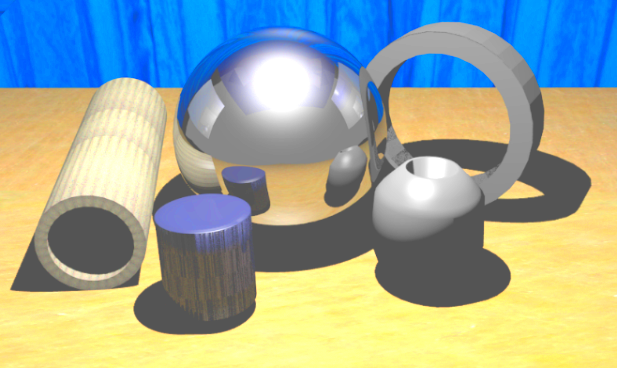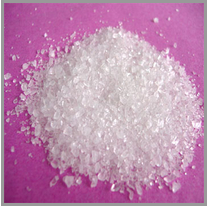Construction & Refractory Ceramics

Ceramics that can be considered part of the ‘Construction’ ceramics sub category include: bricks, cement, and other non-metal clay/silica based materials.
Refractory Ceramics are ceramics & ceramic-based products or materials that are often developed and produced with a goal to yield a product with a specific set of characteristics. In general, a Refractory Ceramic should be able to withstand very high temperatures without fusing or decomposing. As technology continues to advance, manufacturers of Refractory Ceramics often must employ raw materials of glass, metal, as well as other “non-ceramic” materials in their processes in order to produce even more application specific products and technologically advanced materials.
*For our Featured Fluorides & Rare Earth Fluoride Compounds click here
SILICA & CLAY
Silica Oxide & Dioxide view product page
Summary of Properties & Applications: —
Kaolin view product page
Kaolin, sometimes called China Clay, is a hydrated aluminum silicate clay mainly composed of the mineral kaolinite.
Summary of Properties & Applications: porcelain
Bentonite view product page
Bentonite is generally defined as an absorbent aluminum pyllosillicate clay consisting mostly of montmorillonite. Bentonite clays tend to be classified according to their most dominant element, usually: Al, Ca, K, Na. Chivine generally supplies Calcium and Sodium Bentonite clay,
although other types may be available upon request.
Summary of Properties & Applications: —
Clay, Ball view product page
Ball Clay, also known as “plastic clay”, is a type of fine-grained and highly plasticized clay that fires white. Common mineral compositions include kaolinite, mica, and quartz, with kaolinite being most prevalent. This clay is often combined with other types of clay such as kaolin, in order to produce a “new” clay with altered properties. Ball clay characteristics may vary depending on the geographical location from which they where mined.
Summary of Properties & Applications: white
METAL OXIDES
Zirconia, ZrO2 view product page
Zirconia has gained popularity as a ceramics material due to its ability to produce very strong ceramic materials.
Summary of Properties & Applications: —
Magnesium Oxide, MgO view product page
The refractory industry is a major consumer of magnesium oxide, which, when calcined at temperatures between 1500-2000 °C, becomes nonreactive deadburned magnesia, a material that remains stable at very high temperatures. With a melting point of around 2800 °C (5072 °F), magnesium oxide is one of the highest-temperature melting oxides, however, it can be combined with other oxides to achieve lower temperature melts.
Summary of Properties & Applications: flux
OTHER
Lithium Carbonate view product page
A white inorganic lithium salt.
Summary of Properties & Applications: flux
- Aluminum Fluoride
- Aluminum Metaphosphate
- Aluminum Hydroxide
- Antimony Oxide
- Barite
- Barium Metaphosphate
- Barium Fluoride
- Bentonite
- Borax
- Brucite
- Calcium Fluoride
- Clay Ball
- Clay Ball Calcined
- Clay Ball Enamel
- Clay Ball Fire/Refractory
- Kaolin
- Lithium Carbonate
- Lithium Fluoride
- Magnesite (Caustic Calcined)
- Magnesite (Deadburned & Sinter)
- Magnesium Oxide
- Potassium Chloride
- Rutile, TiO2
- RE,SPC
- Talc
- Zinc Oxide
back to top






